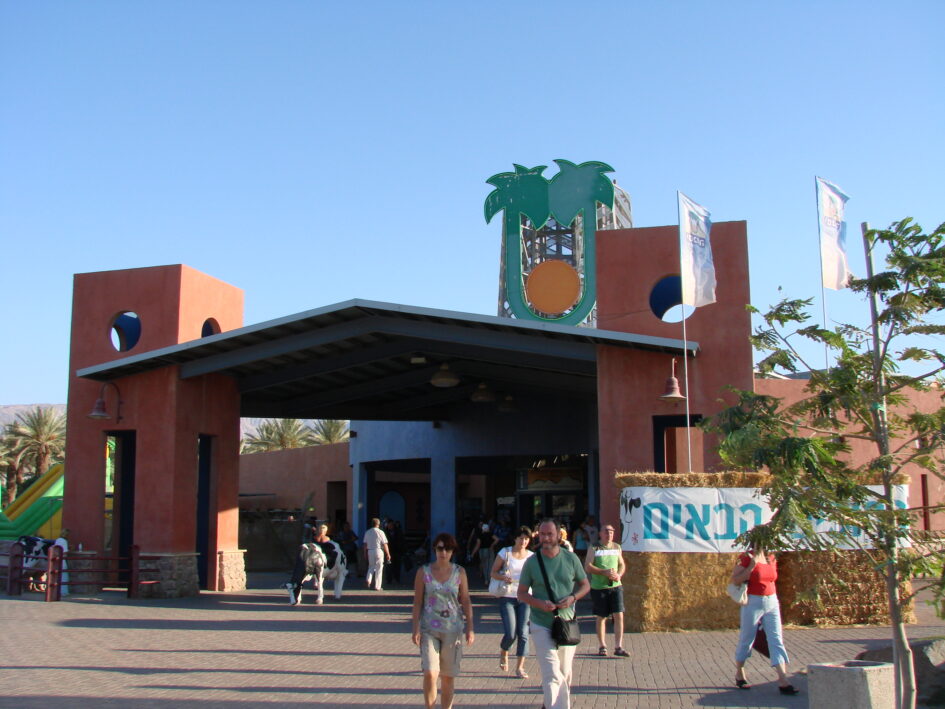Israeli Kibbutzim – Socialist Utopia or Modern Success Story?
While traveling through Israel, I had the unique opportunity to visit several kibbutzim – fascinating agricultural communes that represent the living legacy of early Zionist ideals. These collective communities offer a window into Israel’s pioneering spirit.
Did you know? The first kibbutz, Degania, was established in 1909 near the Sea of Galilee. In the 1950s, while kibbutz residents represented just 7% of Israel’s population, they produced an astonishing 70% of the country’s food! Today, though only 2% of Israelis live in kibbutzim, they remain culturally significant and economically innovative.

One of my most memorable kibbutz experiences was at a roadside restaurant between Eilat and Jerusalem, where I ate what might have been the world’s best hot dog (35 shekels ≈ $10). Modern kibbutzim have evolved far beyond their agricultural roots – many now operate hotels, produce Dead Sea cosmetics, or even develop cutting-edge technologies while maintaining their communal values.
The Kibbutz Evolution
From socialist experiments to capitalist innovators, kibbutzim have undergone remarkable transformations:
- Early Days: Complete communal living with shared property and collective child-rearing
- 1980s Crisis: Economic struggles forced many to privatize
- Today: Hybrid models mixing communal ideals with private enterprise
- New Members: Urban professionals joining for quality of life, not ideology
Why Visit a Kibbutz?
For travelers, kibbutzim offer unique experiences:
- Stay in kibbutz guesthouses with authentic communal atmosphere
- Tour innovative agricultural projects
- Sample farm-to-table dining with locally grown produce
- Learn about this fascinating social experiment firsthand
Whether you’re interested in social history, agriculture, or just want to experience a different side of Israel, a kibbutz visit provides fascinating insights into this unique way of life that helped shape the modern State of Israel.

Leave a Reply